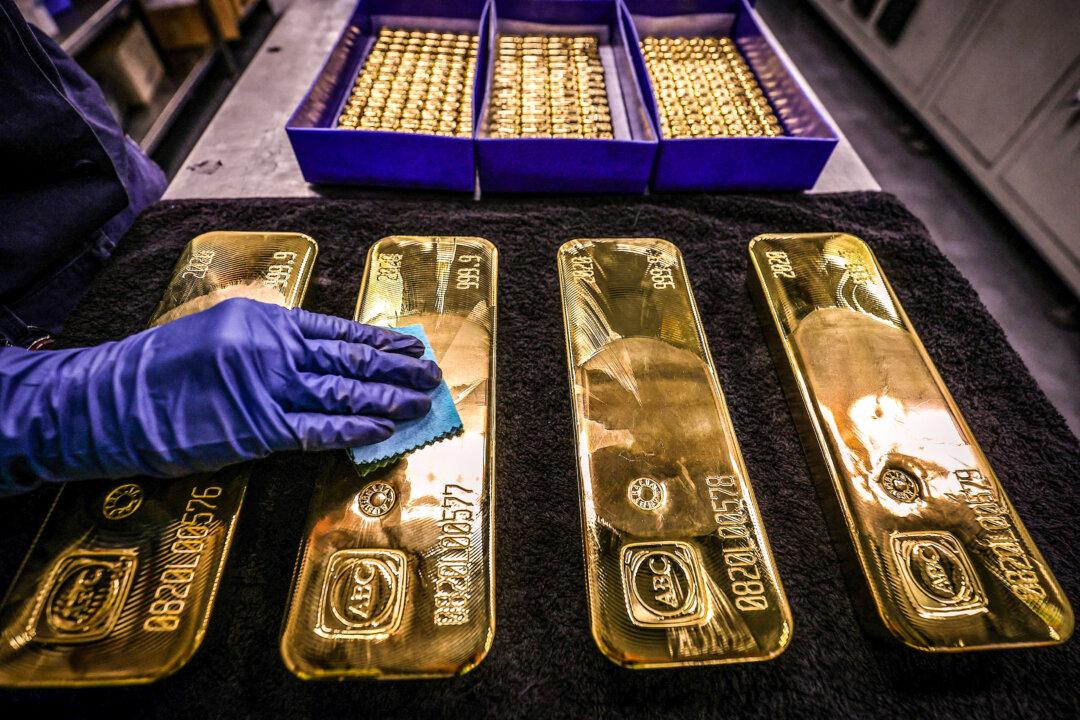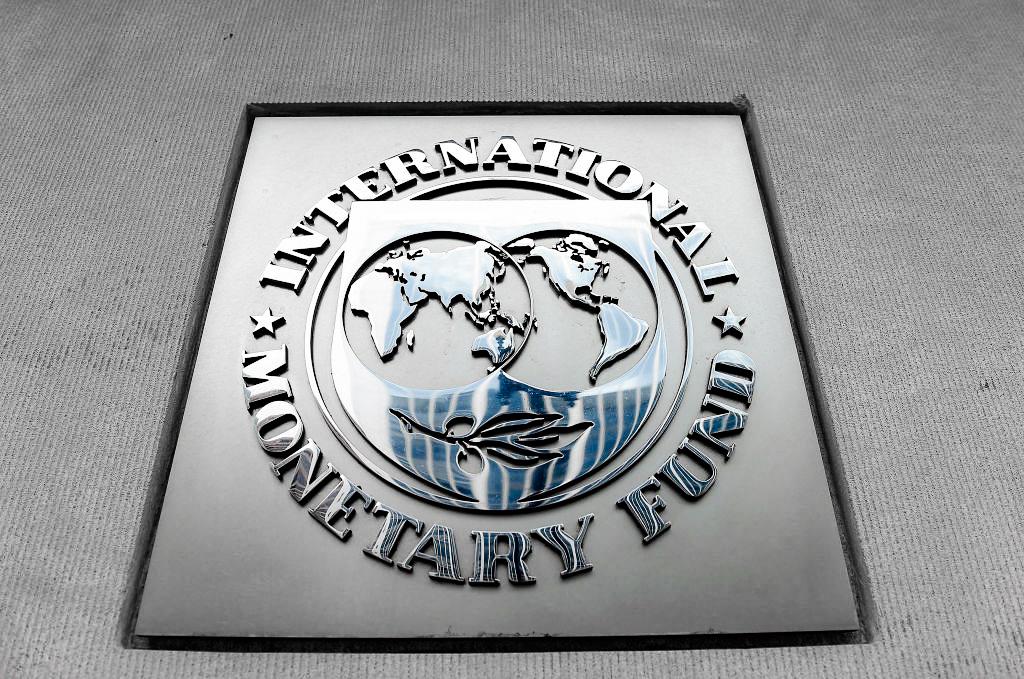Gold prices hit a new high on Oct. 30 amid the upcoming U.S. presidential election and ongoing geopolitical tensions, with investors awaiting the release of key economic data.
The jump in gold prices comes amid a host of geopolitical triggers. In the United States, presidential elections are set for next week. The two candidates, former President Donald Trump and Vice President Kamala Harris, are currently neck and neck in the race, with neither holding a clear lead over the other.
The ongoing tensions in the Middle East add support to safe-haven gold prices.
Gold is supported by safe-haven bets as geopolitical tensions and political uncertainty continue, with Japan now being added into the mix on the political uncertainty front after the country’s snap election at the weekend, said Peter Grant, vice president and senior metals strategist at Zaner Metals.
Gold Price Trend
An Oct. 29 report from Goldman Sachs predicts gold prices to “climb higher than previously expected.” The report points out that central banks in emerging nations have boosted purchases of the yellow metal.“Gold usually trades closely in line with interest rates. As an asset that doesn’t offer any yield, it typically becomes less attractive to investors when interest rates are higher, and it’s usually more desirable when rates fall,” the report stated.
While the relationship still holds, the sizable purchase of gold bars by central banks has reset the relationship between interest rates and gold prices since 2022, research analyst Lina Thomas said. Goldman Sachs calculates that demand for 100 tonnes of physical gold raises its prices by at least 2.4 percent.
Goldman now expects gold to hit $2,900 per ounce by early 2025, up from the earlier $2,700 estimate. The report cited concerns about the risk of financial sanctions as one of the reasons driving up central bank gold buying.
“With the US presidential election in focus, Western investors are returning to the gold market,” the report stated. “Gold may offer hedging benefits against potential geopolitical shocks, including potential rises in trade tensions, Federal Reserve subordination risk, and debt fears.”
Investment flows were key to gold’s Q3 performance as factors such as falling interest rates, momentum buying, and portfolio diversification, contributed to demand, it said.
Central banks bought 186 tonnes of gold in Q3, with year-to-date purchases in line with 2022 levels, the report noted.
In its full-year outlook for 2024, the World Gold Council expects that “resurgent professional flows combined with solid bar and coin investment will offset weaker consumer demand and slower central bank buying.”







